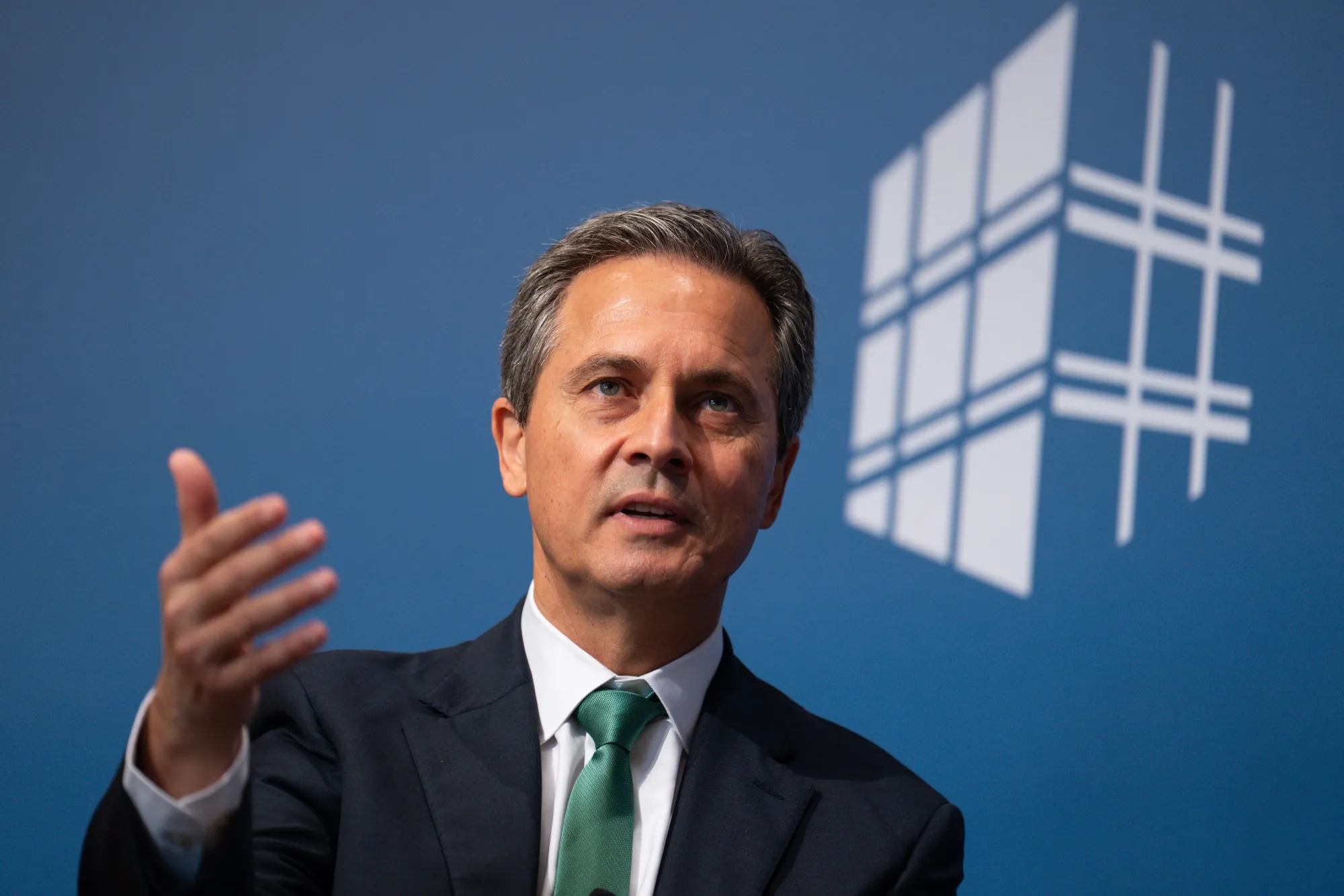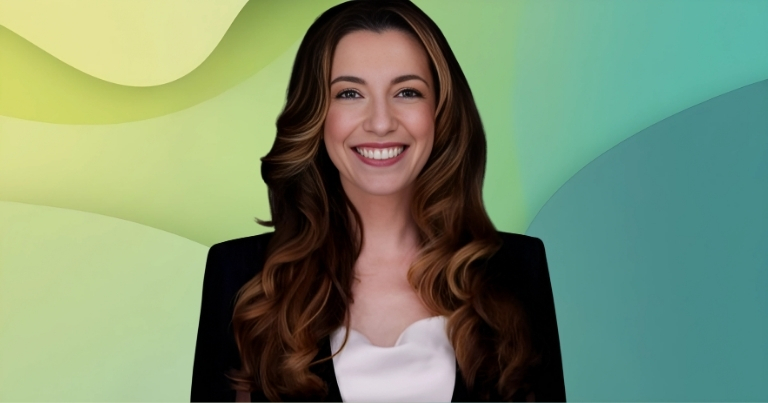St. Louis Federal Reserve President Alberto Musalem indicated Friday that there may be room for an additional interest rate cut to support the U.S. labor market.
Speaking at the Springfield Area Chamber of Commerce in Missouri, Musalem emphasized the need for caution, noting that inflation remains “materially” above the Fed’s 2% target.
“I am open-minded about a potential further reduction in interest rates to provide further insurance against labor market weakening,” he said.
Cautious Approach Amid Inflation Concerns
Despite his openness to another cut, Musalem warned that monetary policy must remain careful to avoid becoming excessively accommodative.
“I believe that we have to tread with caution because there’s limited room for further easing before monetary policy could become overly accommodative, and I believe that monetary policy should continue to lean against persistence in inflation,” he added.
Interest-rate futures markets currently reflect expectations that the Fed will implement additional quarter-percentage-point cuts at its upcoming October 28-29 and December 9-10 meetings.
While some policymakers, such as New York Fed President John Williams, appear aligned with those expectations, Musalem’s remarks suggest he may be less certain. Kansas City Fed President Jeff Schmid has similarly highlighted inflation risks.
Both Musalem and Schmid joined the majority in last month’s 11-1 vote to approve the Fed’s most recent quarter-point rate cut.
Economic Growth Remains Robust
Musalem expressed optimism about U.S. economic growth, projecting healthy expansion in the fourth quarter and performance at or slightly above long-term potential in 2026.
He attributed this to resilient consumer spending, which has been supported in part by lower interest rates.
However, Musalem cautioned that some groups, including Hispanic communities, are slowing their consumption. Lower- and middle-income households are only able to maintain spending levels by taking on additional debt.
“Their real incomes, their wages adjusted for inflation, haven’t been growing at a rate that allows them to consume comfortably without taking on additional credit,” he said, citing discussions with community development practitioners.
He stressed that achieving the Fed’s 2% inflation goal is critical to sustaining consumption.
Tariff Impact and Inflation Outlook
Musalem estimated that tariffs imposed under the Trump administration account for roughly 10% of current inflationary pressures.
He anticipates that these effects will fade by mid-2026, helping inflation return toward the Fed’s 2% target.
On the labor market, he expects a gradual softening, with supply and demand remaining subdued.
Nevertheless, he cautioned that risks remain, including more persistent inflation or a sharper-than-expected labor market slowdown. These uncertainties leave open the possibility of additional rate cuts as a form of insurance.
Balancing Monetary Policy and Market Conditions
Despite the potential for easing, Musalem emphasized the need for prudence given recent stock market gains.
“I now perceive monetary policy as somewhere between modestly restrictive and neutral, and I see, when I look out the window, financial conditions and financing conditions which are very accommodative of the growing economy,” he said.
His remarks underline the delicate balance the Fed faces in supporting the labor market without undermining price stability.




